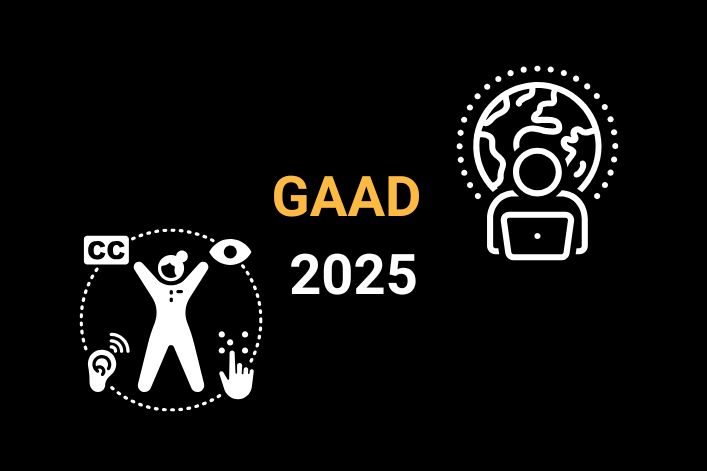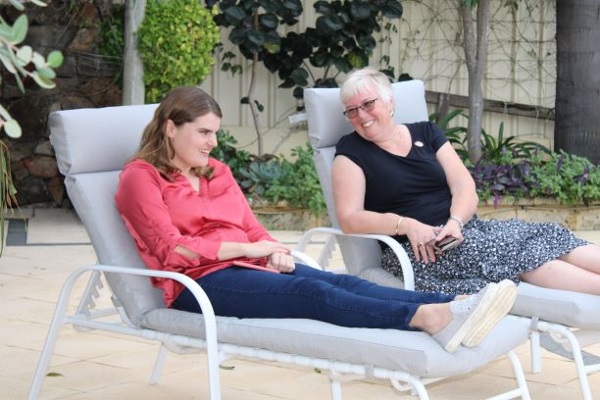Global Accessibility Awareness Day 2025

Global Accessibility Awareness Day was established to raise awareness and encourage learning about digital access and inclusion and make accessibility a core requirement of digital product development.
To highlight the importance of this day, we’re sharing some basic tips around digital accessibility, to help you make your web content accessible to all.
Do
- First and foremost, follow the Web Content Accessibility Guidelines (WCAG), the standard for digital accessibility.
- Make content simple and intuitive to reduce a user’s cognitive load, for example, consistent design, clear cues and help mechanisms.
- Use simple and clear language, with consistent terminology and descriptive titles, headings, link text and alternative text for all images.
- Ensure your content is user friendly, by dividing large amounts of text into manageable sections, with white space separating elements on the page and using accessible visual cues to highlight important information (see below for what to avoid).

Don't
- Avoid time limits when possible: these can be frustrating for users who need time to process information, and stressful for those who may experience anxiety.
- Avoid making users memorise information: for users who have difficulty retaining information, this can be a problem, so provide copy and paste options if input is required.
- Avoid high-alert colours: while they get a user’s attention, they can be aggressive and cause anxiety. If the information doesn’t relate to an emergency, then use an accessibility colour contrast ratio.
- Avoid moving, blinking and flashing content: For some this can be irritating, and for others it could induce seizures, so they should be avoided at all costs.
- Don’t rely on accessibility widgets to make a website accessible. If a user needs to change the font size or colour contrast of a page they may be useful, but they can also disable screen readers, making a website inaccessible.



-(1).png?sfvrsn=ccc41a60_0&size=400)